Government contractors operate in a highly competitive and complex environment. Winning contracts requires more than technical expertise or strong past performance—it demands clear, strategic communication that builds credibility, highlights differentiators, and reaches the right stakeholders. In today’s digital-first world, contractors who cannot effectively position themselves risk losing opportunities to more visible and polished competitors.
Government PR Firms specialize in helping contractors navigate this landscape. By combining strategic storytelling, digital channels, and data-driven campaigns, these firms ensure contractors are seen, understood, and trusted by the agencies that matter most. From building brand authority to supporting business development efforts, Government PR Firms provide the expertise contractors need to drive measurable engagement and growth.
The Challenges Contractors Face in Public Sector Marketing
Marketing to government agencies is fundamentally different from commercial B2B marketing. Contractors face unique challenges, including:
- Highly Competitive Bidding Environment
Federal and state agencies receive numerous proposals for each opportunity. Contractors must differentiate themselves clearly to capture attention. - Complex Decision-Making Processes
Government procurement involves multiple stakeholders, compliance requirements, and structured evaluation criteria. Understanding how to reach and influence these audiences is critical. - Establishing Credibility
Agencies prioritize trust and technical competency. Contractors must demonstrate expertise and reliability through messaging that resonates with decision-makers. - Limited Internal Marketing Resources
Many contractors lack dedicated teams with the expertise to execute high-level digital campaigns or create content aligned with government priorities.
These challenges make working with a specialized Government PR Firm a strategic advantage for contractors looking to elevate their visibility and impact.
How Government PR Firms Position Contractors Strategically
Government PR Firms help contractors tell their story effectively and align their messaging with agency priorities. Their expertise includes:
- Narrative Development: Crafting messaging that highlights technical capabilities, past performance, and differentiators.
- Thought Leadership: Establishing contractors as experts through whitepapers, webinars, and content that demonstrates insight into government challenges.
- Competitive Positioning: Analyzing competitors and identifying areas of differentiation to make contractors more compelling.
- Stakeholder Alignment: Ensuring messaging resonates with multiple agency decision-makers and influencers.
By creating a cohesive story that connects technical expertise to mission outcomes, Government PR Firms help contractors stand out in a crowded market.
Driving Digital Engagement for Contractors
Digital channels are essential for reaching agency stakeholders effectively. Government PR Firms help contractors deploy multichannel campaigns that include:
- Website Optimization: Designing contractor sites to appeal to government buyers with clear messaging, capability highlights, and accessible content.
- Social Media Campaigns: Engaging relevant audiences on LinkedIn, Twitter, and industry-specific platforms to showcase expertise.
- Email and Newsletter Outreach: Sharing updates, case studies, and success stories with targeted agency audiences.
- Video and Multimedia Content: Explaining technical solutions or demonstrating impact through dynamic visuals.
- Paid Digital Campaigns: Reaching niche audiences for recruitment, awareness, or program-specific initiatives.
These strategies ensure contractors are visible where agency decision-makers are actively seeking information and solutions.
Supporting Business Development and Proposal Efforts
Government PR Firms play a critical role in supporting business development initiatives:
- RFP and Proposal Messaging: Crafting compelling narratives for capability statements, one-pagers, and proposal materials.
- Pre-RFP Engagement: Using content and digital campaigns to position contractors as credible partners before solicitation.
- Highlighting Past Performance: Demonstrating proven results through case studies, testimonials, and measurable impact.
This coordinated approach helps contractors make a strong impression throughout the entire procurement lifecycle, not just during proposal submission.
Data-Driven Insights for Contractor Campaigns
Government PR Firms leverage analytics to measure campaign effectiveness and refine strategies. They track metrics such as:
- Website traffic and engagement
- Content downloads and resource views
- Social media reach and impressions
- Inquiry submissions and leads
By analyzing these insights, firms optimize campaigns to improve contractor visibility among agency stakeholders, ensure messaging resonates, and demonstrate return on investment for digital engagement initiatives.
Building Credibility and Trust With Agencies
Trust is non-negotiable in government contracting. Government PR Firms help contractors:
- Ensure Accuracy and Compliance: Messaging aligns with regulatory requirements and avoids misrepresentation.
- Showcase Expertise: Thought leadership, technical guides, and case studies reinforce authority.
- Manage Digital Presence: Websites, social channels, and campaigns reflect professionalism and readiness to execute on contracts.
This focus on credibility strengthens contractor relationships with agencies and positions them as reliable, informed partners.
Why Contractors Should Partner With Government PR Firms
Working with a specialized PR firm gives contractors a competitive edge:
- Deep Knowledge of Government Audiences: Expertise in procurement cycles, decision-maker priorities, and agency challenges.
- Strategic Digital Execution: Integrated campaigns that amplify messaging and generate measurable engagement.
- Enhanced Thought Leadership: Positioning contractors as experts in their field through content, events, and media.
- Support for Business Development: Aligning marketing efforts with proposal strategy to increase contract opportunities.
Bluetext combines public-sector experience with digital marketing expertise to help government contractors maximize visibility, credibility, and engagement. Contact us today to explore how we can elevate your next campaign and strengthen your position in the government contracting market.
The relatively rapid ascension of AI companies selling into the U.S. public sector, including Palantir, Shield AI, and Anduril speaks to a new reality. This isn’t to say that Palantir is new to the market – they’ve been around for two decades – but its brand awareness has been turbocharged by a number of factors the past several months.
The new Administration and the transitioning generation of contract vehicle decision makers are no longer flocking to the biggest names by default. They are looking for AI providers able to prove they can deliver, innovate with impact, and support the mission.
For AI startups and fast-growth firms, this represents a unique but not indefinite opportunity to accelerate growth for their public sector business.
With greater opportunity comes greater competition. The GenAI boom has created both excitement and skepticism across government sectors. Agencies are inundated with promises from AI vendors to deliver disruptive transformation, which risks diluting brand credibility for the entire segment. In this noisy environment, startups must not only be credible, but also visible and clearly differentiated to avoid being lost in the shuffle.
A deliberate PR strategy—sequenced around real validation milestones—can shorten that credibility curve and help a young AI brand rise above the noise from RFI to award.
To examine how a newer AI entrant can establish bona fides with a government audience, we’ll look at recent outcomes from Bluetext’s PR process, share a successful B2G Gen AI client project, and take-aways any GenAI startup can adopt.
Bridging the Credibility Gap Facing AI Startups
Federal decision-makers are skeptical of inflated AI claims, and amid a flood of new entrants and overhyped promises, it’s harder than ever for startups to stand out. The market is saturated not just with vendors, but with overlapping technologies that make it difficult for evaluators to separate truly differentiated capabilities from generic buzzwords.
As a result, agencies often default to vendors that can show IL4/IL5 or FedRAMP High status right out of the gate—objective signs of readiness that cut through the noise.
Multi-stakeholder buying units (CIO, CISO, PMO, end-user lead) create a “trust bottleneck”—one skeptic can stall an entire procurement.
Lengthy accreditation timelines mean younger firms often hit cash-flow turbulence before their first task order, making continuity risk a hidden evaluation factor.
So how does a new AI vendor shift from unknown to trusted? The answer lies in a deliberate communications strategy that builds visibility and credibility at every stage of the government buyer journey. One example of this approach in action is Bluetext’s work with a Gen AI startup that was less than two years old at time of engagement: Ask Sage.

Bluetext’s Approach to Breaking Through and Earning Trust
Ask Sage was still new in the market—even with a well-known founder—so the team needed visibility in trusted defense-tech outlets to open doors with contracting officers and integrators.
Striking a balance between one major announcement and a scattershot approach, Bluetext mapped out a rolling sequence of milestones—each one referencing the credibility earned from the last—and calendared outreach in 4- to 6-week increments so momentum never stalled. This deliberate drumbeat keeps earlier wins in view while layering fresh proof points, steadily deepening trust with agency evaluators.
Key Milestones:
- DoD IL5 Authorization – Became the first generative-AI platform to reach IL5, paving the way for secure adoption across the Department of Defense and its industrial base.
- U.S. Army cARMY Deployment – Announced the Army’s initial rollout of the startup’s solution on the cARMY cloud, highlighting accelerated software, acquisition, and cyber workflows at IL5.
- Series A Funding – Bluetext supported a Series A raise that underscored market confidence and enabled product expansion for public-sector customers.
Media Coverage Highlights: DefenseScoop, Federal News Network, AFCEA Signal, Breaking Defense, Defense News, and FedWeek covered the technical milestones, while Washington Business Journal, WSJ Pro VC, Fortune Term Sheet, and Potomac Tech Wire reported on the funding news.
Consistent trade-press visibility around each milestone gradually strengthened credibility with agency stakeholders and partners, positioning the startup for continued pipeline growth.

Actionable Tactics AI Startups Can Apply Today
- Build a “Trust Timeline” deck that aligns accreditation goals with key events — moments likely to drive spikes in media attention, such as budget hearings or major conferences. Share this timeline internally across teams to keep messaging aligned and timed for maximum exposure. This helps ensure that every milestone is leveraged at the moment when government buyers are most attuned to new solutions.
- Pair press releases with thought leadership pieces that contextualize why the milestone matters for agency outcomes. By coupling news with perspective, startups can add a human voice to their achievements and explain the downstream impact on mission execution. This anticipates stakeholder concerns and builds narrative continuity from one announcement to the next.
- Share milestone collateral with reseller and integrator partners so they can amplify your story in their updates and proposal volumes. While the integrator role is evolving post-DOGE, they still play a key role in shaping how new tech is perceived by agencies, and aligned messaging helps reinforce your credibility through their trusted channels. This tactic turns partners into amplifiers, extending your visibility even in closed-door evaluation environments.
- Track Share of Voice quarterly against three closest primes, and use gaps to inform the next proof-point you must surface. Understanding where your voice is absent—whether in key outlets, industry narratives, or buyer conversations—helps prioritize the next move. Strategic PR fills those whitespace opportunities with proof that counters doubt and strengthens your brand’s position.
Government stakeholders scrutinize AI vendors more closely than ever, so verified accreditations and real-world results carry far more weight than bold promises. Sequence key proof points and deliver them through the outlets your buyers trust, and you can position your startup on the shortlist well before an RFP is released.
Ready to map your own milestone-driven communications plan? Contact Bluetext to get started.
Rebranding isn’t just about a fresh logo or a catchy new name—it’s about rewriting your story for the audiences who matter most. For businesses that count the government as a key customer base —whether federal, state, or local—a rebrand presents a unique opportunity to sharpen perception, highlight mission alignment, and reinforce credibility. But if you’re not strategically managing the public conversation and weaving PR strategy into the rebrand on the front end, even the best rebrand can go unnoticed or misunderstood. That’s where a well-timed public relations strategy makes all the difference.
At Bluetext, we approach B2G rebranding as a comprehensive effort, where PR is just one part of a much larger, integrated strategy. From brand architecture and messaging to creative execution, stakeholder engagement, and go-to-market planning, we help organizations build brands that resonate with the audiences that matter most. B2G PR amplifies that effort externally, telling the right story in the right places—with credibility, clarity, and purpose.
1. Internal Alignment Comes First
A successful B2G rebrand begins long before it reaches the public eye – it starts within your organization. Too often, brands rush to unveil a new identity externally without ensuring the people who represent the brand every day understand it, believe in it, and can articulate it with confidence. This is especially important in the B2G space, where contracts are won and lost on credibility, consistency, and trust.
Your employees are your first—and often most influential—brand ambassadors. If your team can’t clearly express what the rebrand means and why it matters, neither will the program officers, contracting leads, or agency buyers they interact with. Aligning internally sets the tone for every customer interaction, proposal, and pitch that follows.
Here’s how to make sure your rebrand starts strong from the inside out:
- Equip teams with messaging toolkits, elevator pitches, and FAQs so they can speak with clarity and consistency across functions. Whether they’re in sales, capture, customer service, or delivery, they should all be telling the same brand story.
- Host internal town halls or team sessions to explain the rebrand’s purpose and preview rollout plans. These aren’t just informational—they’re opportunities to build buy-in and enthusiasm from within.
- Position your workforce as your strongest brand ambassadors, especially when engaging with government customers who value institutional knowledge and continuity. The more confident your team is in the brand, the more credibility you’ll earn externally.
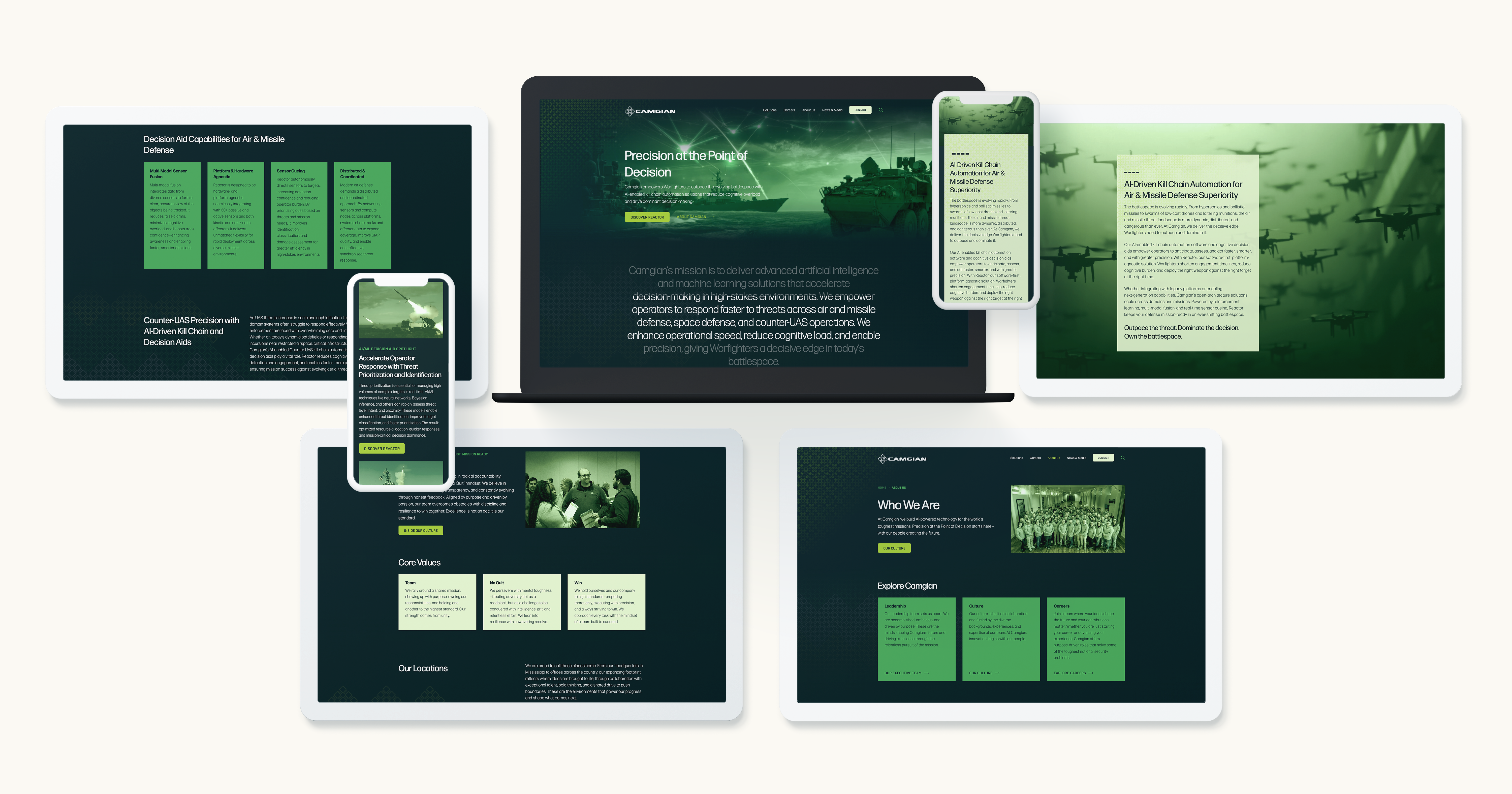
2. Rebrand Must Align To Outcome-Based Environment
B2G brands can’t chase every shift in the wind when it comes to what government buyers are looking for. That said, the Department of the Government Executive (DOGE) and Administration priorities have ushered in a significant and tangible sea change that requires brands to adapt key messages and market positioning.
Yes, digital transformation, cyber security, AI, and other capability areas still matter, but it has become less about “what you do” and more about “show me the impact of what you’ve done and what you can do.” This means messaging tied to outcomes, efficiencies, transparency, and provable innovation to demonstrate your brand recognizes the evolving priorities of the agencies you serve.
- Messaging should be value-driven, not vanity-driven. Make your story about how you help agencies meet their missions—faster, smarter, and more efficiently.
- Acknowledge recent reforms like DOGE’s emphasis on transparency, digitization, and responsible vendor engagement. Demonstrating awareness of these priorities positions your brand as forward-looking and informed.
- Treat the rebrand as a proof point of alignment, not just aesthetics. Buyers want to see operational benefits and relevance, not just polished creative.

3. Building Strategic Narrative Anchors
Maximizing a rebrand requires building a compelling, coherent brand story to support the new visual and messaging elements. For B2G companies, that story must be grounded in the missions that matter to your government customers. Strategic messaging is what transforms a brand from a vendor into a true partner.
This narrative should be more than marketing. It’s a positioning tool that connects your solutions to the public priorities of the agencies you serve—from modernizing infrastructure to protecting critical systems. Without this anchor, your rebrand may look good but feel hollow.
- Tie your messaging to agency macro themes like resilience, service delivery, modernization, or public trust.
- Use the rebrand as an opportunity to reposition your company as a mission-aligned partner, not just a technical provider.
- Support your story with real-world proof points. Whether it’s case studies, data, or testimonials, you need more than words to back up your claims.
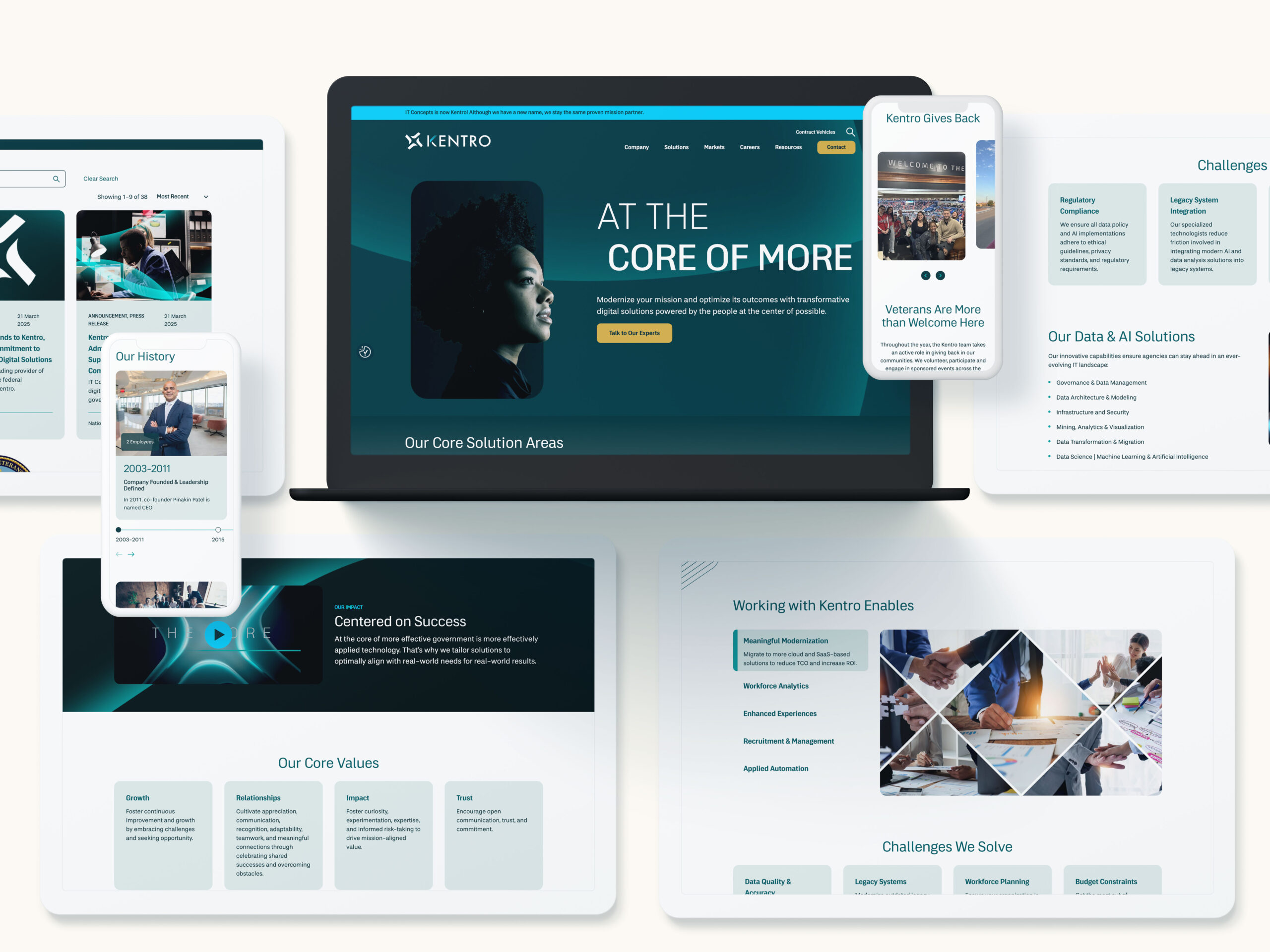
4. Thought Leadership That Builds Trust
Thought leadership is a powerful way to bridge the gap between a refreshed identity and long-term credibility. In the B2G space, where contract cycles are long, risk tolerance is low, and relationships drive revenue, becoming a trusted voice can mean the difference between being considered or completely overlooked.
But authentic thought leadership isn’t about self-promotion. It’s about publishing content that adds value to ongoing government conversations—showing that you understand their challenges and have real insights to offer. A rebrand can serve as a perfect catalyst to reposition your organization as a forward-thinking leader.
- Lead with value, not self-congratulation. Offer practical insights, guidance, and takeaways relevant to agency challenges.
- Use op-eds, white papers, and webinars to establish credibility and invite dialogue with decision-makers.
- Make your rebrand the starting point for deeper, more strategic conversations, not the end goal.
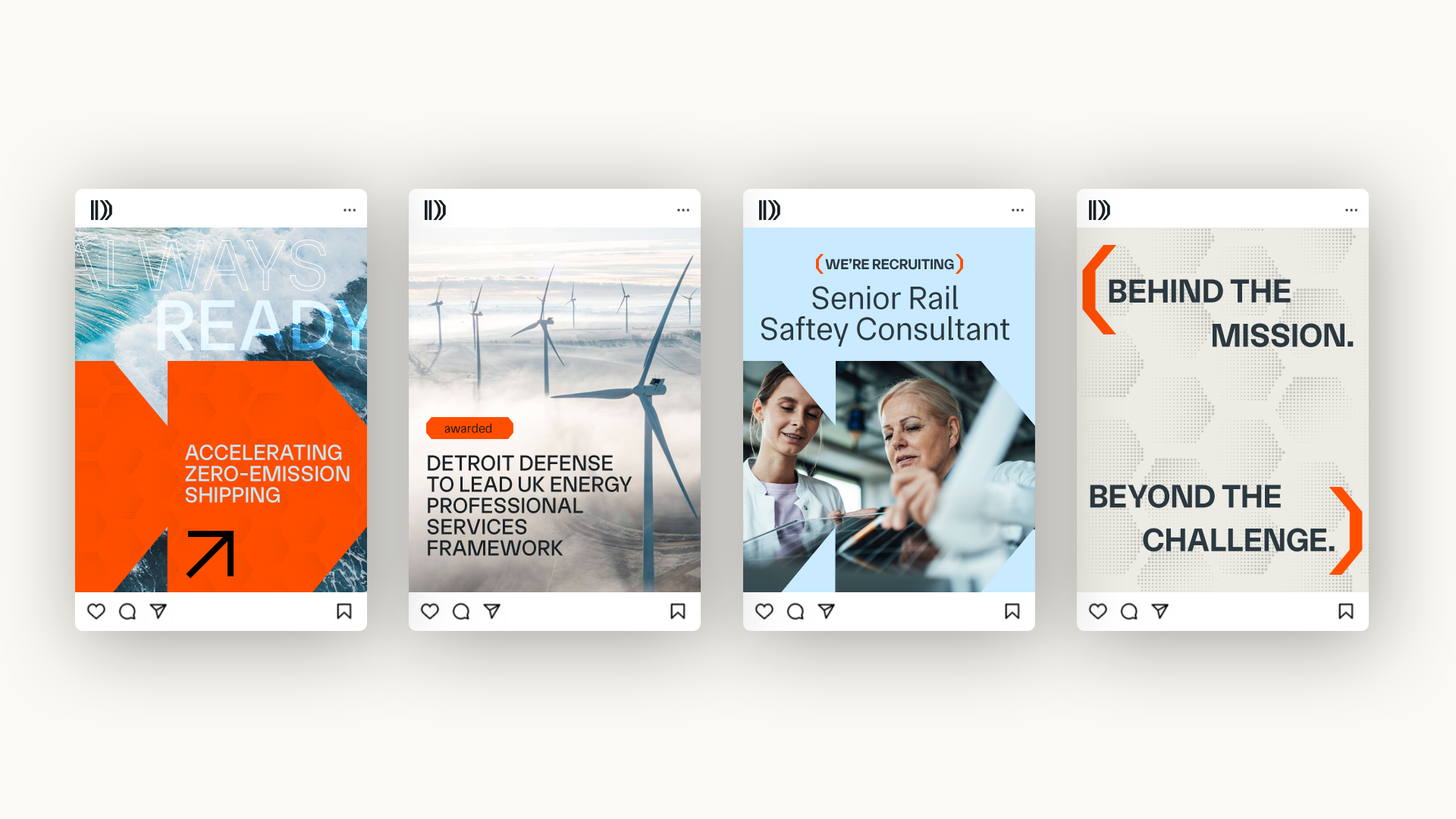
5. Media Strategy: Quality Over Quantity
In government communications, it’s not about being everywhere—it’s about being in the right places. The ecosystem of reporters, editors, and publications that shape public sector narratives is small, well-informed, and highly influential. If you want your rebrand to land, it needs to show up where the right people are paying attention.
A high-impact media strategy doesn’t chase flashy headlines—it targets relevant, trusted outlets with tailored messaging that matches the publication’s tone, audience, and purpose. That’s how you move the needle with government buyers and influencers.
- Focus on specialized outlets like Federal News Network, Defense News, GCN, and GovExec, where key agency stakeholders actually read and engage. If your rebrand is elevating DoD, S&L, or NatSec, ensure top outlets for those market decision makers are prioritized.
- Adopt a tiered media strategy to match your messaging and storylines to the needs of each publication and its readers.
- Cultivate media relationships proactively. Familiarity and access go a long way in the B2G press world—invest time before you need the coverage.
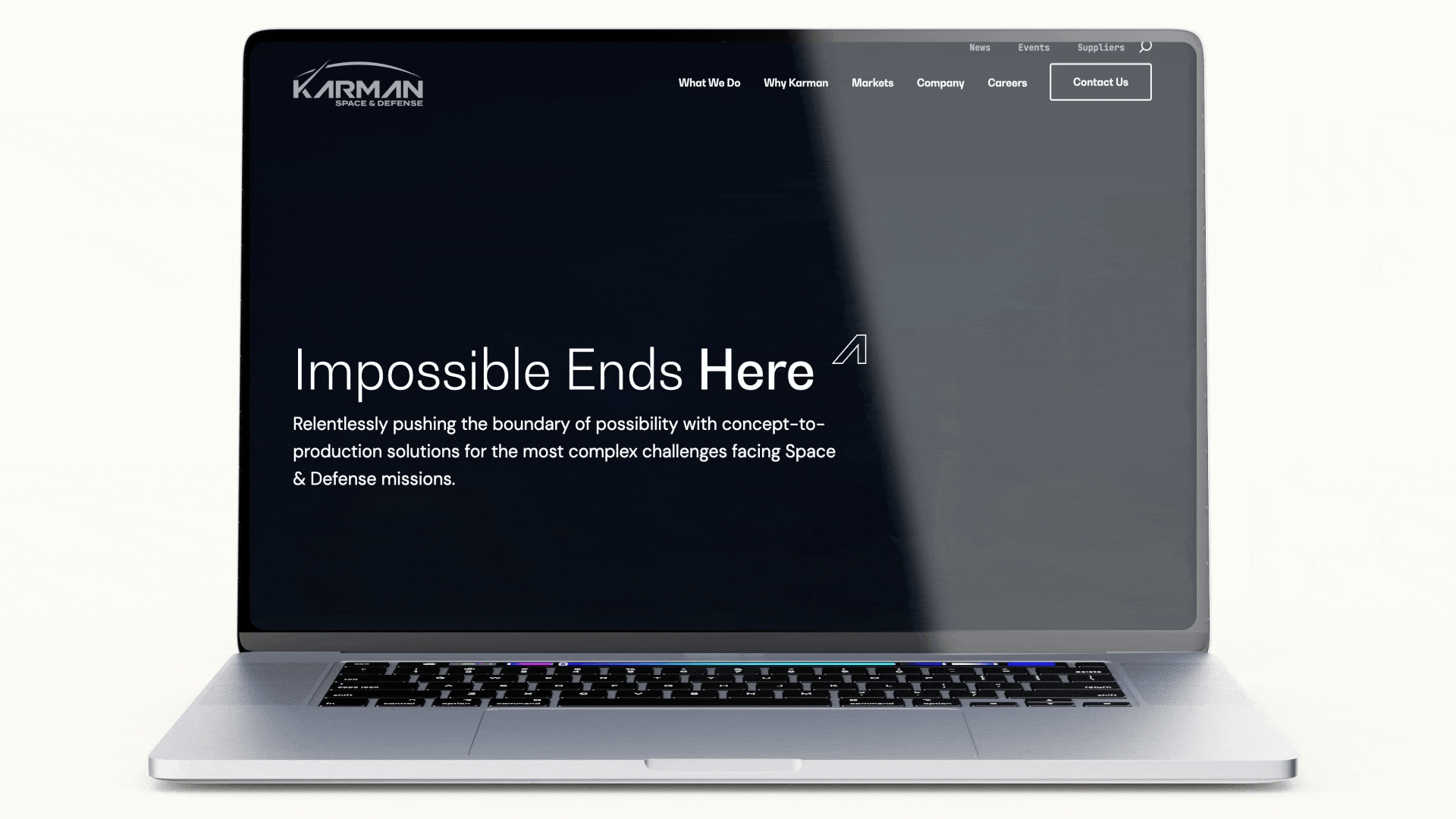
6. Timing is Everything
Even the best B2G brand story can fall flat if it’s delivered at the wrong time. In public sector markets, timing isn’t just about media cycles—it’s about fiscal calendars, procurement schedules, regulatory cycles, and the rhythm of government business.
Rolling out a rebrand at the wrong moment can mean losing attention—or worse, looking tone-deaf. Understanding the ebbs and flows of your agency customers’ world is essential to getting your message heard.
- Align your rebrand with government planning cycles, such as Q1 budget allocations, spring RFPs, or strategic planning windows.
- Avoid periods of political volatility or legislative distraction that may drown out your news.
- Think seasonally. Fall may be right for modernization campaigns, while spring might better serve fiscal-year planning or workforce engagement efforts.
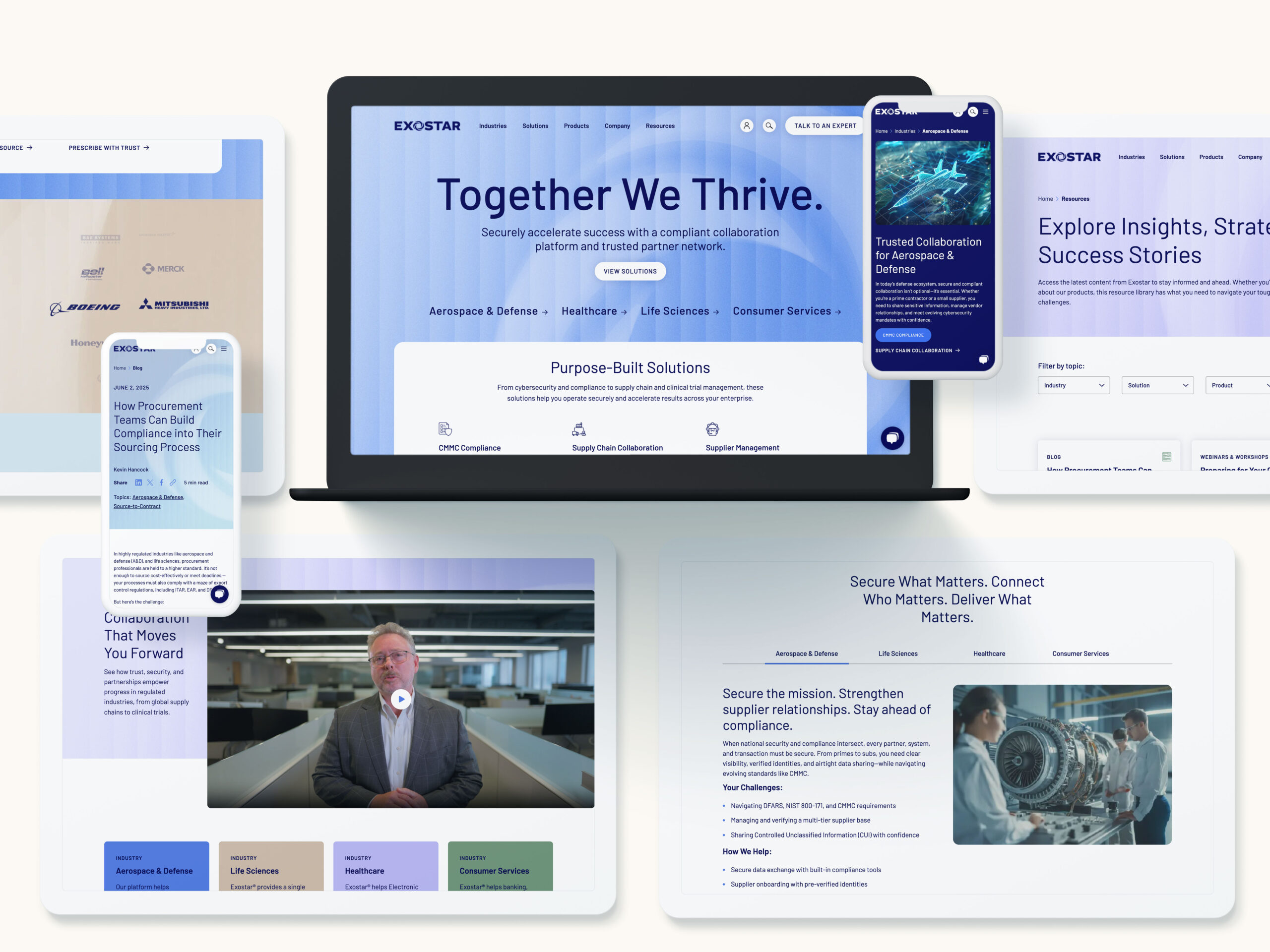
7. Metrics That Matter in Government Markets
Forget vanity metrics. When rebranding in B2G, measure what matters to stakeholders and decision-makers.
- Track internal adoption and ambassador activation as key success metrics.
- Monitor earned media impact, stakeholder sentiment, and procurement engagement.
- A successful rebrand builds trust, boosts visibility, and opens new doors with credibility.
Final Thought: Make It Count
Rebranding in the public sector space isn’t about being flashy—it’s about being credible. It’s about clarity, trust, and telling a story that resonates from the Pentagon to City Hall. Public relations helps you bring that story to life—strategically, confidently, and authentically.
At Bluetext, we understand how B2G brands grow because we’ve helped build them from the ground up. If you’re thinking about a rebrand or already planning one, let’s talk about how to make it land where it counts.
B2B technology providers undertake rebranding projects for various reasons. And over the course of the hundreds of rebrands Bluetext has executed, we’ve heard them all: M&A activity, market and competitive shifts, organizations outgrowing their current brand, a desire for updated visuals, you name it.
Often, these rebrands include refreshed creative elements – a new logo, name, and website – to help amplify the business’s marketing efforts, drive market growth, and enhance brand positioning. When prioritizing the visual components of a rebrand, the PR and communications portion can be overlooked.
However, maximizing the near- and long-term benefits of a rebrand requires that PR and communications strategy be incorporated from day one. When supporting clients through a B2B rebrand, Bluetext ensures that PR and communications are involved from the start of the process. Because there is a story to be told to all your stakeholder audiences —a story that extends beyond a new logo, CVI, and website.
Tactical components of a robust PR and communications rollout require a steady cadence of activity, including:
- An anchor press release and announcement strategy to create momentum
- Social media strategy and execution
- Thought leadership (SME bylines + executive visibility)
- Event speaking and award program execution
- Customer testimonials
These elements comprise the three pillars of any successful PR and communications B2B rebrand strategy: amplification, acceleration, and assurance.
Amplification
Rebrands offer businesses unique opportunities to highlight their evolution. They serve as a springboard to amplify companies’ core strengths in new, compelling ways to current and prospective clients.
When ideating on how to make a splash and drive attention to the rebrand, companies should highlight how their solutions are pushing the industry forward and solving tangible client problems.
This pillar should include three tactics:
- Social media posts that tease the enhanced capabilities of the rebranded business in the lead-up to the announcement, driving interest and intrigue. Following the launch, social channels should be used to help sustain momentum.
- An anchor press release that announces the new brand’s creation, how the new company addresses critical challenges in the market, and why the new entity will be better positioned to service clients and provide innovative solutions for new customers.
- Newsjacking, i.e., rapid-response media relations, provides opportunities for company spokespeople to speak with journalists on key industry topics and articulate how the company is addressing and thinking about these market trends.
Acceleration
Amplifying the rebrand announcement is critical to increasing awareness of the new company and its offerings. Once you have the audience’s attention, the next step is communicating how this rebrand will accelerate growth and drive value for the company and its clients.
Rebrands should reframe the company’s position in the market while demonstrating its momentum and ambition. In other words, what is the business looking to achieve? How does it plan to grow? By highlighting early milestones and client successes, the company can map out its desired trajectory for the months and years ahead.
Answering these questions can be accomplished through:
- A Subject Matter Expert (SME) Thought Leadership program to highlight the organization’s areas of expertise and detail how the new brand is pushing the industry forward and addressing market challenges in ways not previously possible while clarifying the mission of the new brand.
- Speaking at conferences and pursuing industry awards. These are useful avenues to reinforce the company’s new market position, validate the business’ latest offerings and also serve as respected forms of recognition within the industry.
- Highlighting customer successes that reflect the values of the new brand while offering tangible examples of early successes.
Assurance
With any change comes a degree of uncertainty. However, that doesn’t mean that business operations will be altered. The last pillar to any successful PR and communications rollout is assuring all stakeholders – clients, employees, and investors – that day-to-day operations will not change, but instead grow and thrive.
Articulating to these stakeholders how the new company will be a positive disruptor without causing negative disruption is crucial.
For employees, the rebrand should energize workers and reinforce the organization’s values. Empower them to provide details of the rebrand through a social advocacy campaign that includes brand-aligned content, personal stories, and messaging examples that they can use as guidance for their posts.
For investors, it’s essential to demonstrate how the rebrand will strengthen the company’s capabilities to deliver value and adapt to a changing market landscape.
When undergoing a rebrand, organizations that effectively execute these three foundational PR pillars will educate key audiences and generate excitement about the new company. These PR strategies and tactics should fold into a holistic brand evolution approach. To learn more about how Bluetext executes successful PR and communications B2B rebrand rollouts, follow us on LinkedIn or contact us today.
In government contracting, the RFP isn’t the starting line—it’s the midpoint. By the time a request for proposal (RFP) hits SAM.gov or an agency portal, the most successful vendors have already been shaping the conversation. Their messaging is familiar. The solutions feel tailored. Their names are top of mind.
Welcome to pre-RFP marketing—the strategic art of influencing the buy before the bid.
Why Waiting for the RFP Is Too Late
Government buyers aren’t making decisions in a vacuum. Long before an RFP is released, agencies are:
- Conducting market research
- Reviewing past performance
- Following industry thought leaders
- Listening to the players shaping public discourse
If your brand only shows up once the formal procurement starts, you’re already behind. Agencies tend to favor vendors they know, trust, and associate with mission fluency. Pre-RFP marketing ensures that you’re in the conversation before requirements are locked in.

What Pre-RFP Marketing Looks Like
This isn’t traditional lead-gen marketing—it’s highly strategic, often narrowcasted, and deeply aligned with procurement timelines. Pre-RFP marketing may include:
- Agency-specific messaging that speaks to mission goals and challenges
- Content marketing aligned to strategic priorities (e.g., zero trust, AI integration, climate resilience)
- Awareness-building campaigns that elevate your expertise in relevant domains
- Executive thought leadership that frames your brand as a solutions partner, not just a vendor
The goal isn’t volume—it’s influence.
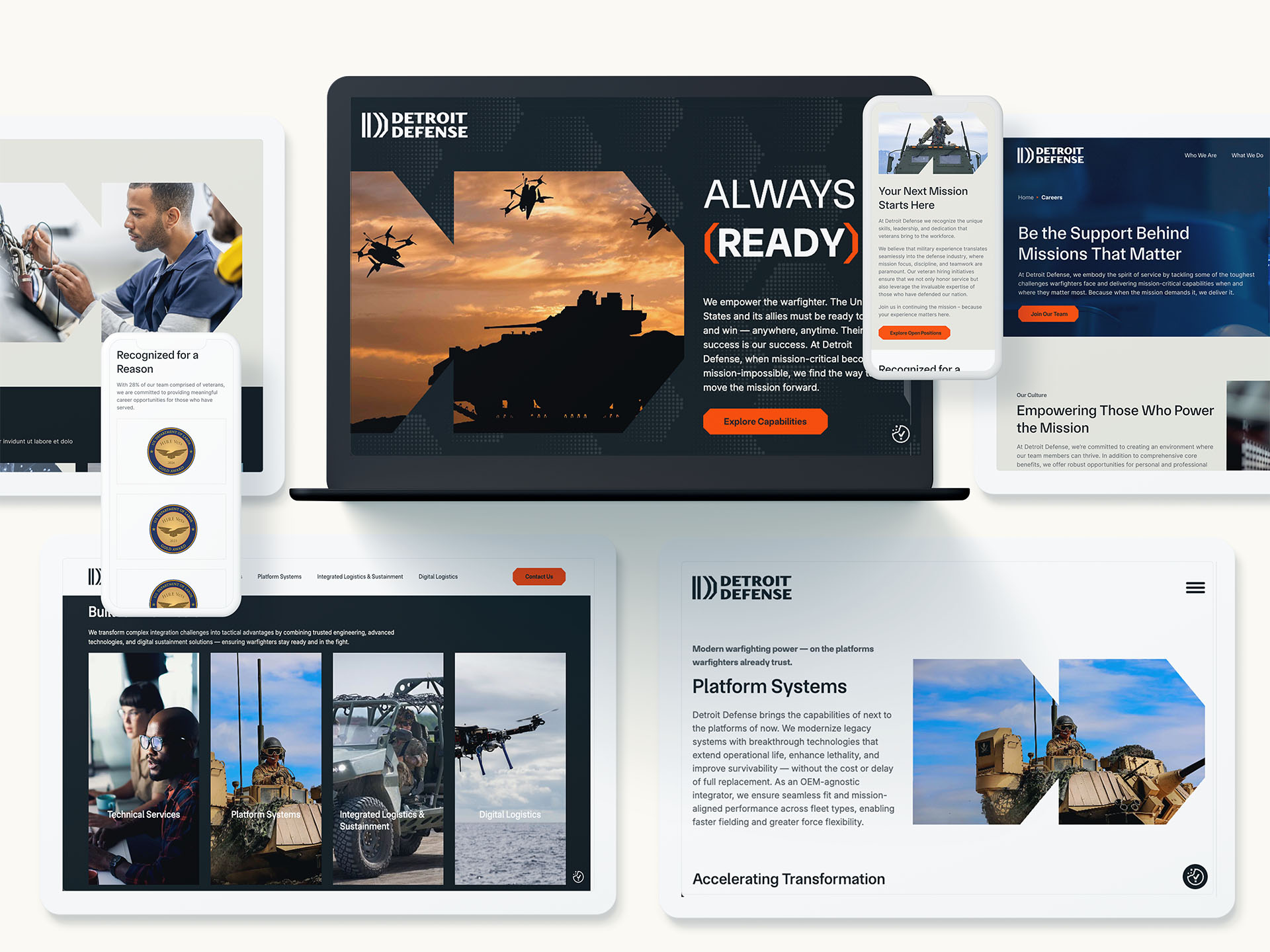
Marketing + Capture: The Dream Team
In the B2G space, marketing should work hand-in-hand with business development and capture teams to create pre-RFP momentum. That collaboration looks like:
- Message alignment based on capture insights, agency intel, and pain points
- Strategic content creation that reinforces key capabilities tied to upcoming procurements
- Campaign timing that builds awareness months—or even years—before the bid drops
- Visual storytelling that mirrors future proposal themes and evaluation priorities
Pre-RFP marketing isn’t a siloed activity. It’s an integral part of shaping opportunity strategy.
Tactical Ways to Influence Before the RFP
Smart pre-RFP marketing combines digital precision with reputational lift. Tactics might include:
- Agency-targeted landing pages or microsites: Showcase case studies, credentials, and capabilities specific to the agency’s needs.
- Mission-aligned white papers, videos, or articles: These signal thought leadership and policy fluency—and can be shared by internal champions.
- LinkedIn targeting and paid campaigns: Reach key agency decision-makers and influencers with tailored content.
- Conference presence and speaking opportunities: Position SMEs and executives at industry events where agency staff are present.
- PR placements in federal media: Establish credibility through earned media on platforms read by procurement leaders.
These assets don’t just inform—they shape perception.

How Pre-RFP Marketing Pays Off
This level of positioning isn’t just about awareness—it influences outcomes. Done right, pre-RFP marketing:
- Establishes name recognition that builds evaluator confidence
- Increases your “trusted partner” status well before proposal submission
- Shapes the RFP itself by aligning with the narratives and needs already in motion
- Sets the stage for better win themes when the proposal does come around
It’s a long game—but it’s a proven one.
Don’t Just Bid. Influence.
Winning in the public sector isn’t about reacting quickly—it’s about planning smartly. The most successful GovCon brands don’t just respond to RFPs. They shape the buying environment before the paperwork even begins.
Want to Lead Before You Bid?
Bluetext helps government contractors develop strategic, pre-RFP marketing campaigns that position them as mission-aligned, agency-ready partners. From messaging architecture to campaign execution, we work alongside your capture and BD teams to create early influence that pays off at award time.
Contact us to get ahead of the next opportunity—and make sure you’re on the shortlist before the RFP even drops.
Why Crisis Management Matters More Than Ever
In today’s hyperconnected world, brands must be prepared to respond to crises in real time. Social media, instant news cycles, and viral content mean that missteps can escalate quickly. Whether it’s a cybersecurity breach, PR scandal, or regulatory issue, how a company handles a crisis can define its reputation for years to come.
At Bluetext, we specialize in helping brands develop and execute crisis communication strategies that safeguard their reputation and maintain public trust. Here’s how your company can prepare for and respond to crises effectively.
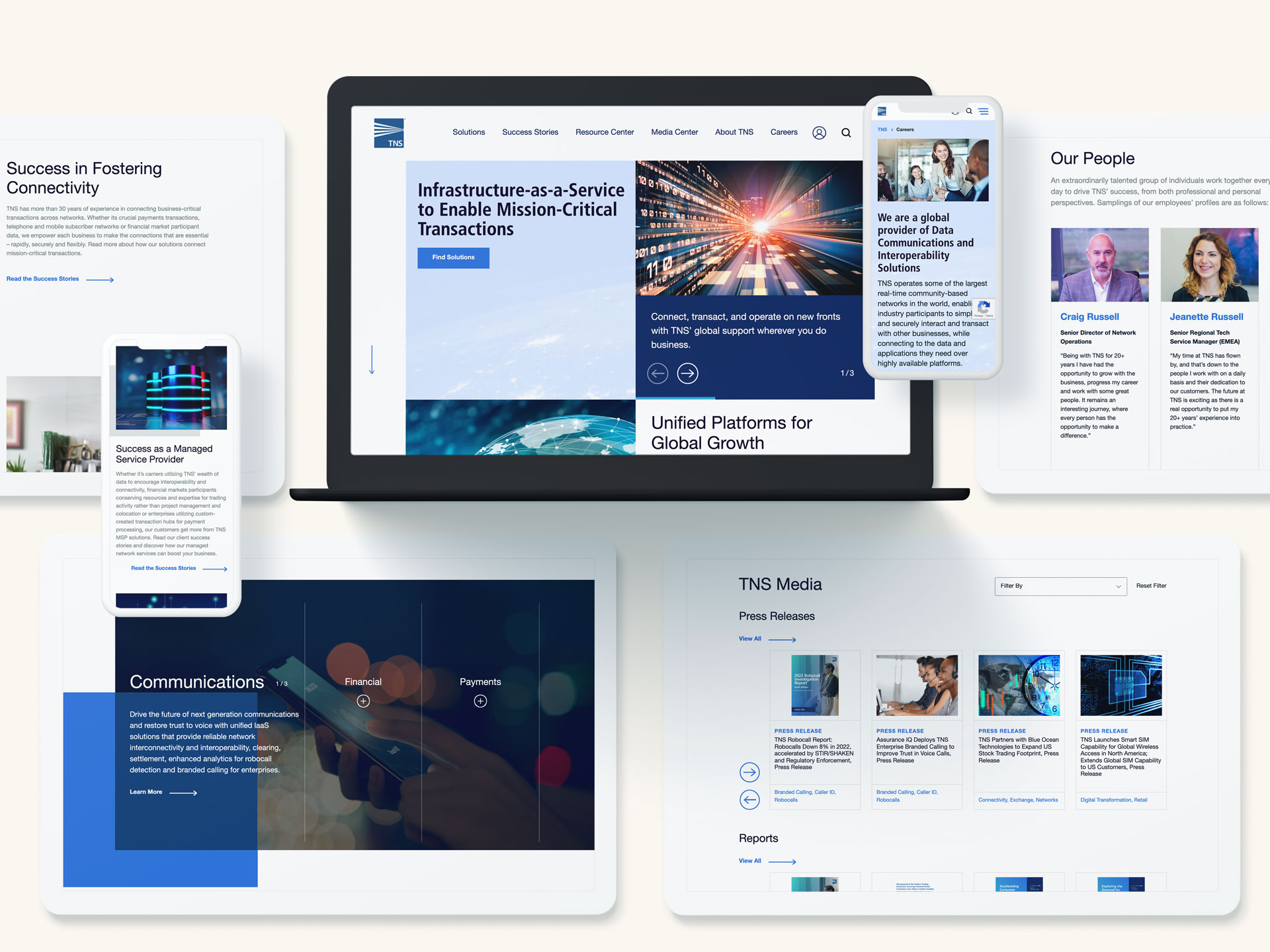
Understanding the Modern Crisis Landscape
Crisis situations can arise from various sources, including:
- Cybersecurity threats: Data breaches and hacks can compromise customer trust.
- Regulatory non-compliance: Failing to adhere to industry standards can lead to public scrutiny.
- Executive missteps: Social media blunders and controversial statements can quickly spiral.
- Product failures or recalls: Negative customer experiences can damage brand credibility.
Recognizing potential risks allows brands to proactively develop response strategies before a crisis unfolds.
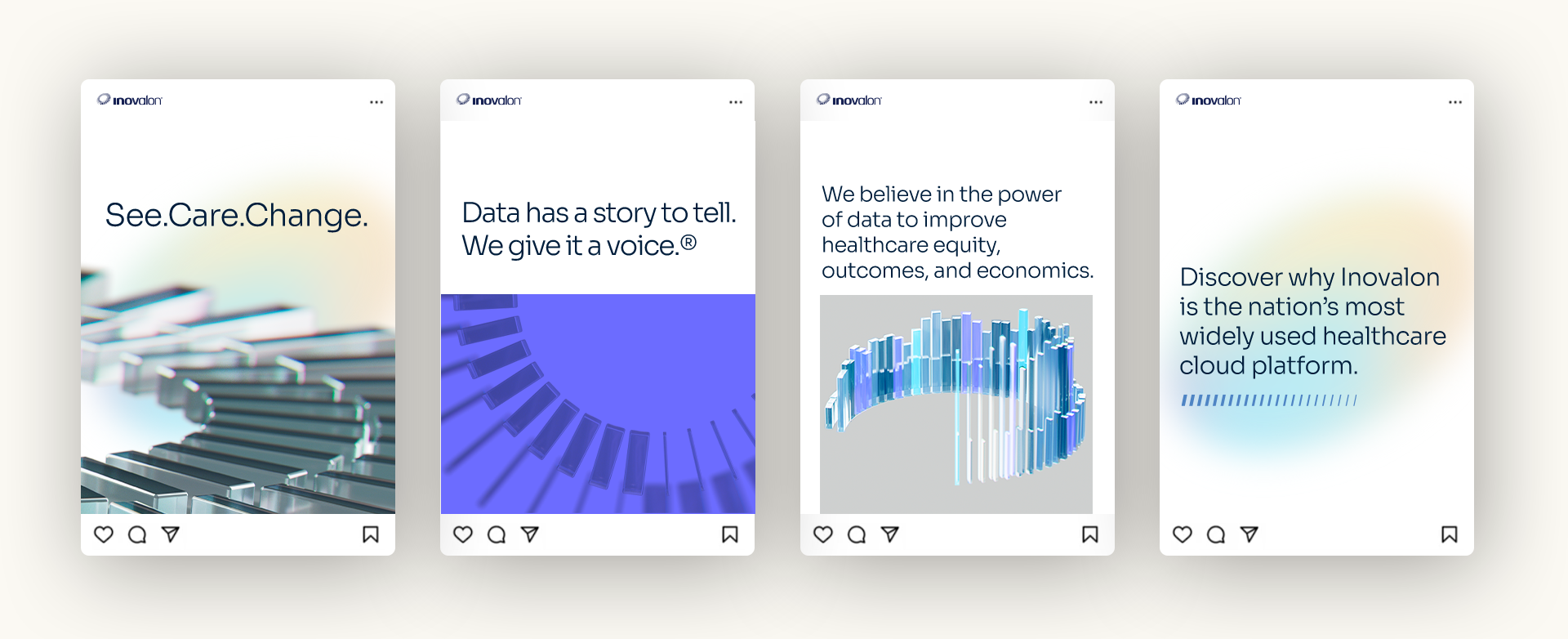
Building a Crisis-Ready Organization
Preparation is the foundation of effective crisis management. Brands should:
- Establish a dedicated crisis response team with clear roles and responsibilities.
- Develop pre-approved messaging frameworks to ensure consistent, on-brand responses.
- Conduct regular crisis simulations to test response protocols and identify improvement areas.
Executing an Effective Crisis Response
During a crisis, swift and strategic action is essential. Key steps include:
- Control the narrative: Issue an initial response promptly to acknowledge the situation.
- Communicate transparently: Provide accurate information and avoid speculation.
- Engage with stakeholders: Address concerns through social media, press releases, and direct communication.
- Monitor and adapt: Use social listening tools to gauge public sentiment and adjust messaging accordingly.
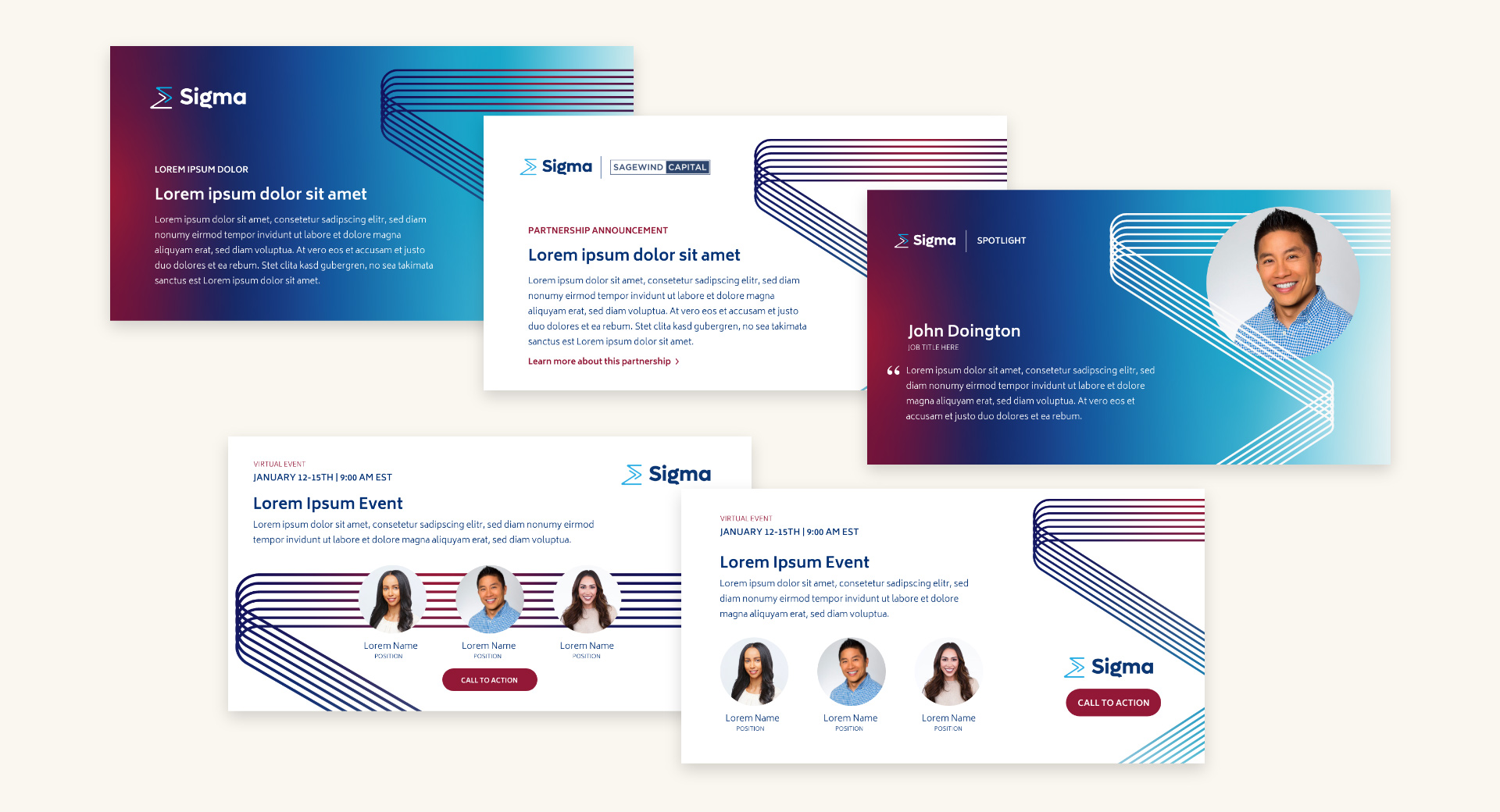
Rebuilding Trust After a Crisis
Once the crisis is under control, brands must focus on reputation recovery by:
- Demonstrating accountability: Clearly outlining corrective actions taken.
- Engaging with key audiences: Reassuring customers, partners, and stakeholders.
- Enhancing long-term brand resilience: Implementing lessons learned to improve future crisis responses.
How Bluetext Can Help
Crisis management requires a proactive approach, strategic execution, and expert guidance. At Bluetext, we help brands develop tailored crisis communication plans to navigate challenges with confidence. Contact us today to ensure your organization is prepared for any crisis scenario.
In today’s hyper-connected world, crises unfold in real time, amplified by social media, 24/7 news cycles, and instant communication. The days when brands had the luxury of carefully crafting a response over hours or days are long gone. Now, organizations must react swiftly, transparently, and strategically to manage crises effectively. This blog explores the transformation of crisis management in the digital age and outlines best practices for brands to navigate challenges while maintaining trust with their audience.
The New Landscape of Crisis Management
Before the digital era, crisis management primarily relied on traditional media channels—press releases, news conferences, and carefully managed public relations strategies. Today, crises can escalate within minutes, driven by viral social media posts, influencer commentary, and rapid news dissemination. Some of the key challenges brands face in this environment include:
- Speed of Information Spread: A single tweet or video can reach millions within minutes, making it crucial for brands to respond quickly.
- Misinformation and Fake News: False narratives can take hold before brands even have a chance to react, complicating crisis containment.
- Increased Consumer Expectations: Audiences demand immediate transparency, accountability, and direct engagement from brands during crises.
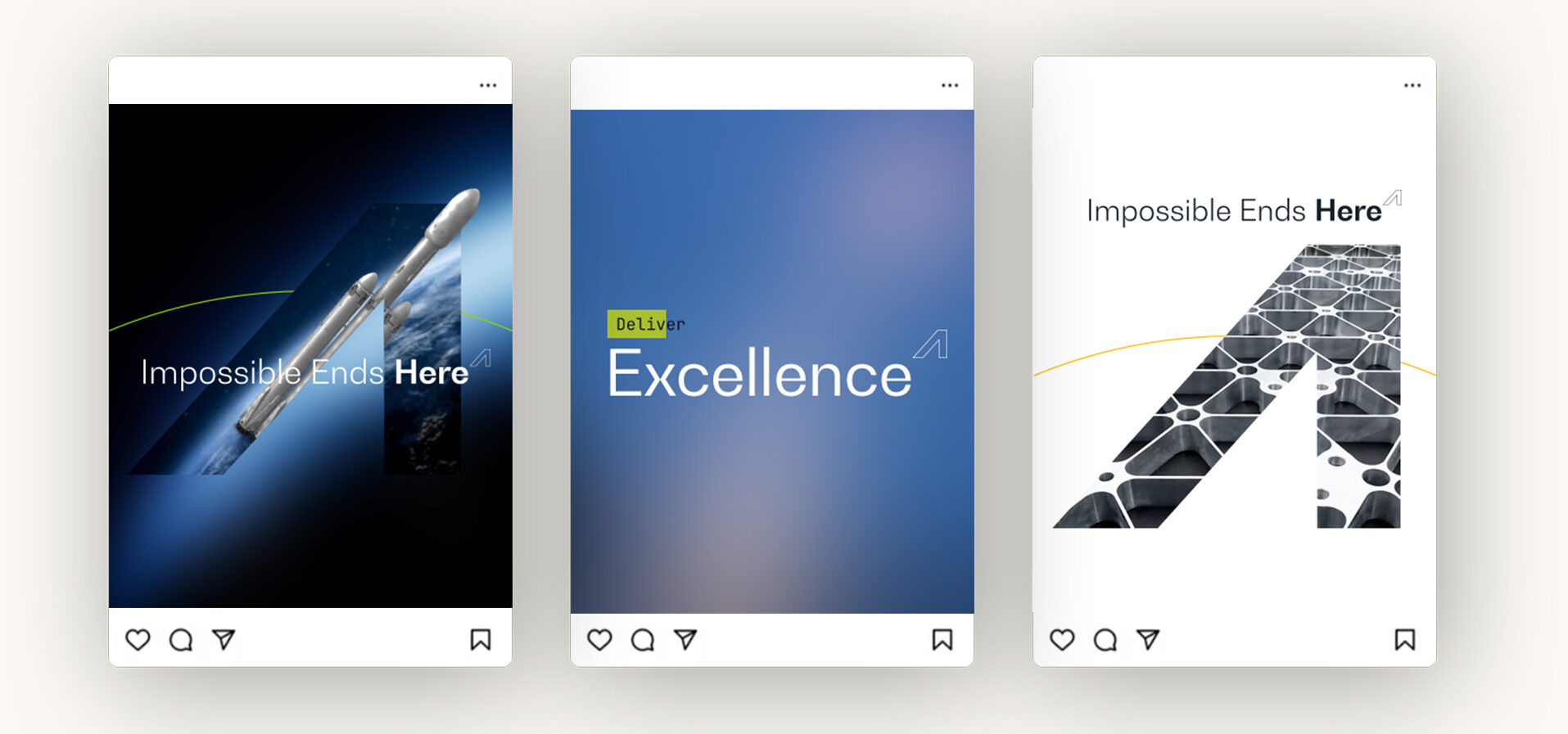
Strategies for Crisis Management in the Digital Age
To effectively navigate crises, brands must implement modern strategies that align with the fast-paced nature of digital communication.
1. Real-Time Monitoring and Social Listening
Crisis management begins before a crisis even arises. Leveraging social listening tools and AI-powered analytics can help brands detect potential issues early, allowing for proactive measures.
2. Develop a Crisis Communication Plan
Having a predefined crisis response framework enables brands to react quickly and consistently. A strong crisis plan should include:
- A dedicated response team
- Clear escalation protocols
- Pre-approved messaging templates for different scenarios
3. Respond Quickly, But Thoughtfully
While speed is critical, a hasty, poorly crafted response can do more harm than good. Brands should:
- Acknowledge the issue promptly
- Provide factual, transparent updates
- Avoid defensive or dismissive language
4. Engage with Stakeholders Effectively
Stakeholder trust is vital during a crisis. Brands should communicate with employees, customers, partners, and the public through appropriate channels, ensuring consistent messaging across all platforms.
5. Learn from Past Crises
Case studies of past crises—both successful and failed responses—can provide valuable insights. Brands should analyze:
- How similar situations were handled
- What worked and what didn’t
- How communication strategies influenced public perception
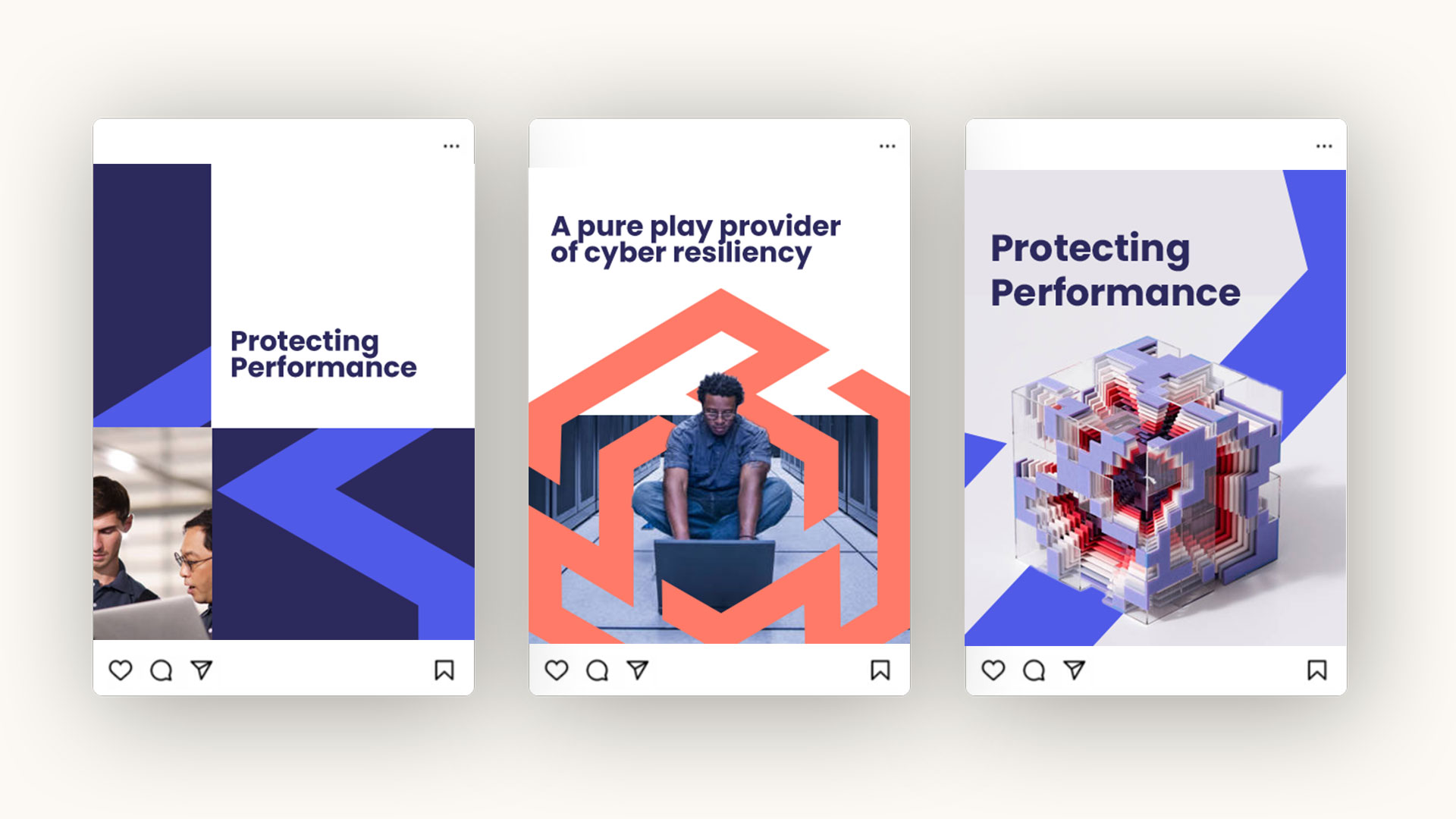
The Role of AI and Automation in Crisis Management
Artificial intelligence is playing an increasing role in crisis management, offering capabilities such as:
- AI-driven sentiment analysis: Identifying negative trends before they escalate
- Chatbots and automation: Providing instant responses to customer concerns
- Predictive analytics: Assessing potential risks based on historical data
Preparing for the Future of Crisis Management
The digital landscape will continue evolving, and brands must stay ahead of emerging challenges. Organizations should:
- Invest in crisis simulation exercises
- Strengthen their digital media teams
- Maintain open communication with their audience
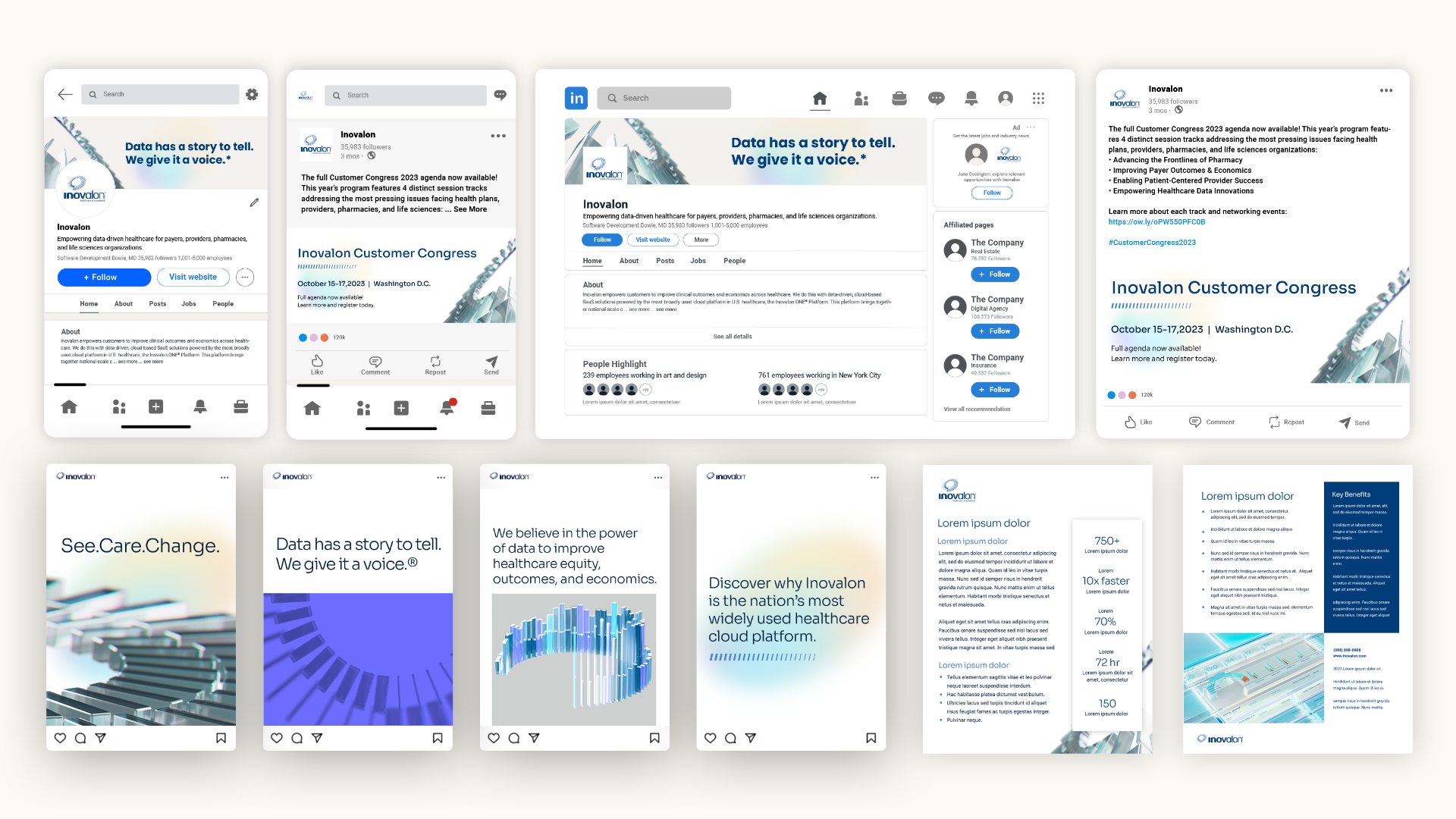
Need Expert Crisis Communication Support?
Navigating a crisis requires expertise, agility, and a well-structured plan. Bluetext specializes in helping brands develop comprehensive crisis communication strategies that protect their reputation and maintain public trust. Contact Bluetext today to ensure your brand is prepared for the unexpected.
The lines between public relations and digital marketing continue to blur, creating new opportunities for brands to amplify their reach and credibility. In 2025, successful marketing strategies will rely on seamless integration between PR and digital channels, leveraging data-driven insights, AI, and multimedia content to engage audiences effectively. This blog explores how businesses can align PR and digital marketing to maximize brand impact.
The Convergence of PR and Digital Marketing
Traditionally, PR focused on reputation management and media relations, while digital marketing prioritized lead generation and online visibility. However, as the digital landscape evolves, PR and digital marketing must work together to build trust and drive engagement.
Key Benefits of Integrating PR and Digital Marketing:
- Enhanced credibility: Digital PR efforts, such as guest articles and influencer collaborations, build authority and trust.
- Greater reach: Combining PR-driven storytelling with SEO and social media extends brand visibility.
- Stronger audience connections: Engaging content backed by PR strategies fosters deeper relationships.
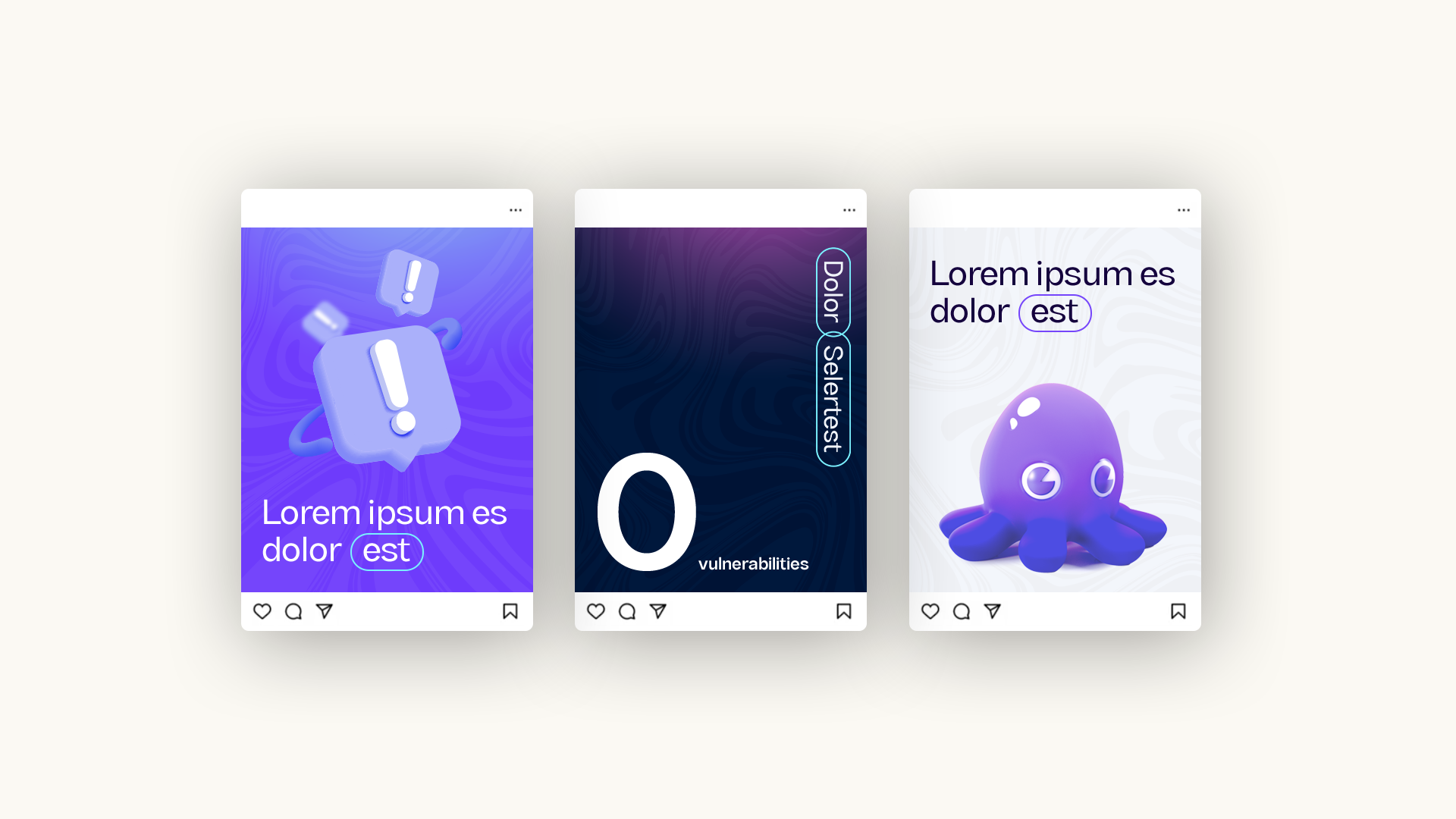
Strategies for a Unified PR & Digital Marketing Approach
1. Data-Driven PR Campaigns
Leveraging analytics and audience insights enables PR teams to craft targeted messages that align with digital marketing goals.
2. Content Marketing with PR Influence
Creating high-quality content that aligns with PR narratives helps brands establish thought leadership and authority.
3. Social Media Amplification
PR efforts gain traction when combined with social media strategies, driving greater engagement and shareability.
4. SEO-Optimized Press Releases
Optimizing press releases for search engines ensures they reach a wider audience and contribute to long-term brand visibility.
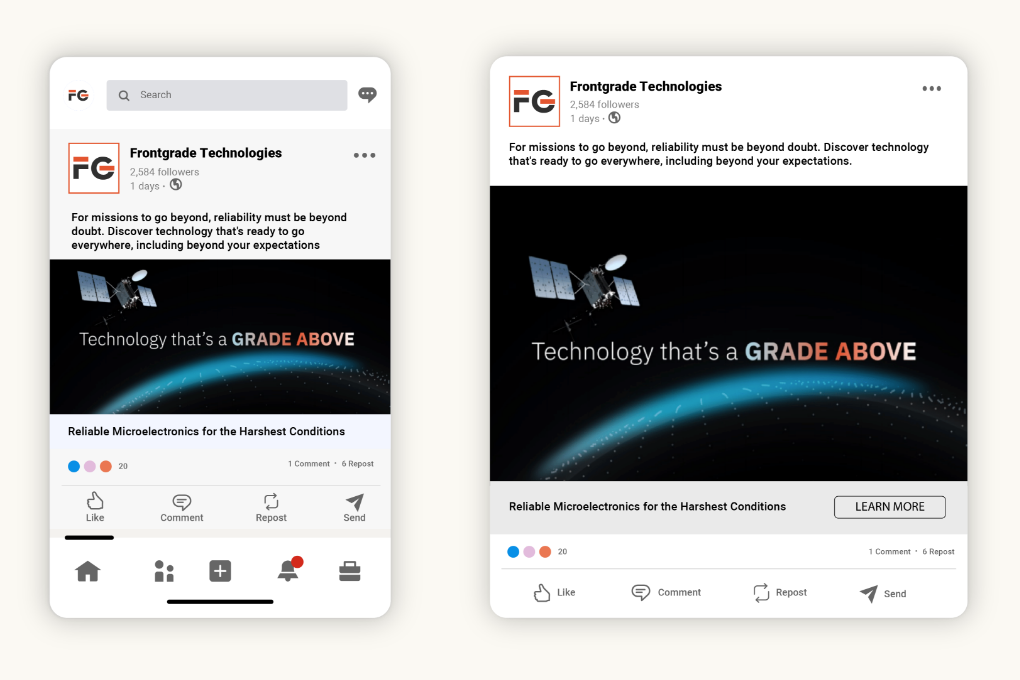
Future Trends: Where PR Meets Digital in 2025
AI-powered media monitoring will enhance PR effectiveness, enabling brands to track conversations and measure sentiment more efficiently. Influencer-driven PR will play a greater role in brand credibility, as consumers continue to value authentic endorsements. Additionally, interactive PR campaigns using video, augmented reality (AR), and virtual reality (VR) will provide immersive storytelling experiences that captivate audiences. By staying ahead of these trends, businesses can ensure their PR and digital marketing efforts remain impactful and relevant.
Looking to integrate PR and digital marketing seamlessly? Contact Bluetext today to build a cohesive strategy that drives results.
In today’s digital landscape, social media is a double-edged sword. While it offers brands a powerful platform to connect with their audience, build loyalty, and amplify their messaging, it also leaves them vulnerable to potential crises that can erupt at a moment’s notice. A single misstep or unforeseen event can spark a wave of negative sentiment, threatening to tarnish even the most reputable brands. But with the right strategic approach, brands can not only survive a social media crisis but come out stronger on the other side.
Identifying a Social Media Crisis
Not every negative comment or tweet requires a full-scale crisis response. The first step in successfully navigating a crisis is distinguishing between regular feedback and an actual crisis.
A crisis often involves:
- High volume: A sudden spike in negative comments or mentions across platforms.
- Speed of escalation: The issue spreads rapidly, gaining traction beyond the original audience.
- Virality potential: If left unaddressed, the situation threatens to go viral, reaching a broader, more public audience.
Examples include high-profile product failures, missteps in brand communication, or controversial statements. Brands like Pepsi and United Airlines, for instance, have both faced massive public backlash on social media due to tone-deaf campaigns or mishandled customer service situations. Recognizing when a crisis is looming allows brands to act quickly and mitigate damage.
Preparing for a Crisis
While it’s impossible to predict when or how a crisis will strike, preparation is the key to navigating one effectively. Building a strong crisis management foundation starts with assembling the right team. This team should include representatives from PR, customer service, legal, and social media—each bringing a unique perspective and skill set to handle various facets of the crisis.
Steps for Preparation:
- Create a Crisis Communication Plan: Outline key response protocols, designate spokespersons, and define roles and responsibilities. Ensure your team knows who will be responsible for monitoring social media, crafting responses, and handling media inquiries.
- Use Social Listening Tools: Proactive monitoring through tools like Brandwatch, Hootsuite, or Sprout Social can help you track brand sentiment and spot potential issues before they explode.
- Set Up Response Protocols: Define clear guidelines on when and how to respond. Decide what situations warrant a public statement versus a direct, private outreach. Be prepared to issue holding statements while gathering more information.
Having a structured plan in place will allow your team to act swiftly and effectively when a crisis arises.
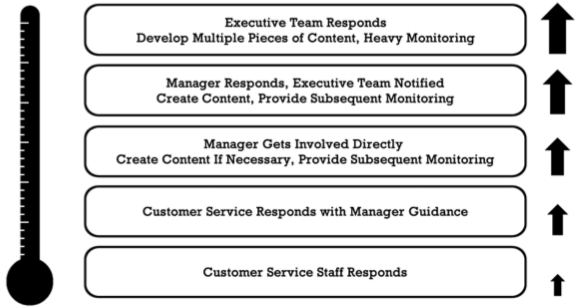
Responding to a Social Media Crisis
When a social media crisis hits, timing is everything. The first few hours are crucial in shaping how the public perceives the brand’s response. While it may be tempting to react immediately, it’s important to balance speed with care.
Here’s how to approach your response:
- Acknowledge the Issue: Silence can be perceived as negligence or indifference. Acknowledge the crisis as soon as possible, even if you don’t have all the answers yet. This shows that you are aware of the situation and are working on a resolution.
- Be Empathetic and Accountable: Demonstrate genuine concern for your audience’s feelings. Apologize when necessary and take accountability for any mistakes made. Avoid deflecting blame, as this can further damage your brand’s reputation.
- Tailor Your Message by Platform: Craft your responses in a way that fits each platform’s tone and audience. Twitter requires short, concise updates, while LinkedIn or Facebook may allow for more detailed explanations.
- Coordinate Internal Communication: Ensure that all teams, from customer service to legal, are aligned on messaging. Mixed or conflicting responses can confuse the public and worsen the crisis.
Avoid common mistakes such as arguing with individuals online or issuing insincere apologies. Always remember that public perception is shaped not only by the problem itself but by how your brand handles it.
Turning Crisis into Opportunity
Though social media crises are challenging, they also present an opportunity to demonstrate your brand’s values, transparency, and resilience. How you respond can help rebuild trust with your audience, and, in some cases, even strengthen your relationship with them.
Some strategies to leverage a crisis as an opportunity include:
- Show Transparency: Keep the public informed as you work to resolve the issue. Share updates on what’s being done to fix the problem and be open about what went wrong.
- Demonstrate Accountability: Show that you’re taking steps to address the root cause of the crisis and are making changes based on feedback. For example, after a backlash over offensive messaging, a brand might publicly commit to revisiting its marketing guidelines.
- Rebuild Trust: Once the dust has settled, highlight the improvements made. Show that your brand has learned from the crisis and is taking proactive steps to avoid similar issues in the future.
Brands like Domino’s Pizza have successfully bounced back from crises by owning up to their mistakes and making tangible changes to their business.
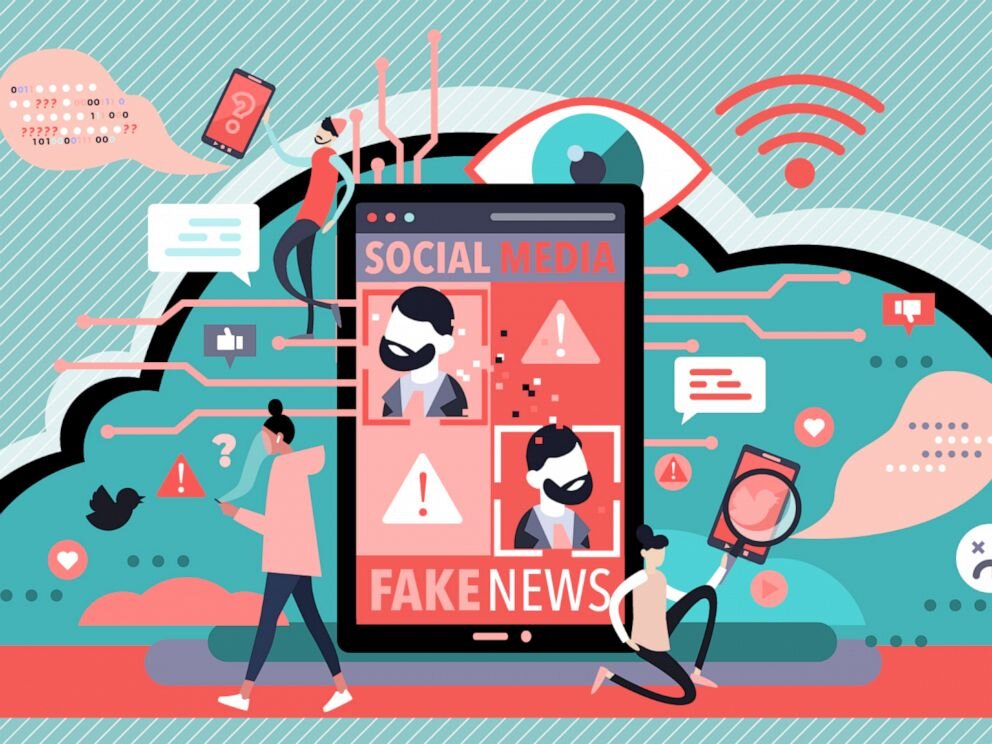
Post-Crisis Evaluation
The work doesn’t end once the crisis has passed. A post-crisis evaluation is essential to learn from the experience and prepare for future challenges. Start by analyzing the overall sentiment recovery. Did the brand manage to restore trust? How was the crisis handled internally?
Key areas to evaluate include:
- What went right, and what went wrong?: Assess the effectiveness of your communication strategy, your team’s responsiveness, and the tools you used for monitoring.
- Adjust Your Crisis Communication Plan: Based on your evaluation, make any necessary updates to your crisis communication plan to be better prepared next time.
- Ensure Long-Term Reputation Management: Continue to monitor your brand’s perception post-crisis and focus on maintaining positive engagement with your audience.
Take Control of Your Social Media Strategy
In today’s fast-paced digital world, a social media crisis can strike at any time. But with preparation, strategic communication, and a strong response plan, brands can navigate these challenges with confidence. Don’t leave your brand’s reputation to chance—partner with experts who can help you manage crises and build lasting trust with your audience.
Contact Bluetext today to ensure your brand is ready to handle any crisis with a tailored social media strategy that protects and strengthens your reputation.
As government contractors and marketers navigate an increasingly competitive landscape, events like GAIN 2024 (Government Analytics, Insights, and Networking) are critical for staying ahead of industry trends. Bluetext is excited to be part of this year’s conference on October 17th, hosted by Government Executive Media Group. Whether you’re aiming to expand your knowledge, connect with key decision-makers, or discover cutting-edge strategies for engaging the government market, GAIN 2024 offers an unparalleled opportunity.
In this blog, we’ll take a closer look at what attendees can expect from the event, provide insights into the sessions that will be most beneficial, and offer advice on how to maximize your time at the conference. A particular highlight this year is a panel hosted by Bluetext’s very own Brian Lustig, which will explore the intersection of branding, PR, and contract success in the B2G space.

What to Expect at GAIN 2024
GAIN 2024 promises to deliver a dynamic lineup of presentations, workshops, and networking opportunities designed to help professionals in the business-to-government (B2G) sector stay informed on the latest trends and strategies. As a key event for marketing and government contracting professionals, it offers insights into everything from branding and marketing innovations to government procurement and contract pursuits.
Attendees can expect:
- Cutting-edge presentations on the latest marketing, branding, and PR trends specifically tailored to the government contracting space.
- Interactive sessions and workshops that allow attendees to engage directly with experts and peers on key topics like branding, contract marketing, and government relations.
- Networking opportunities with industry professionals, government representatives, and marketing leaders looking to innovate within the government market.
Each year, GAIN attracts hundreds of professionals who are eager to discover how the latest innovations in marketing and analytics can drive better government business results. With a packed agenda and high-profile speakers from leading government contractors and marketing agencies, attendees are bound to leave with actionable strategies they can implement in their own organizations.
Bluetext’s Key Panel: Blueprint for B2G Success
At this year’s conference, Bluetext’s head of public relations, Brian Lustig, will host a pivotal session titled “Blueprint for B2G Success: Branding & PR Strategies for Contract Pursuits.” Taking place at 1:50 pm EST, this session is designed for contractors and marketers looking to align their branding and public relations efforts with government contract cycles, helping to improve visibility and drive long-term growth.
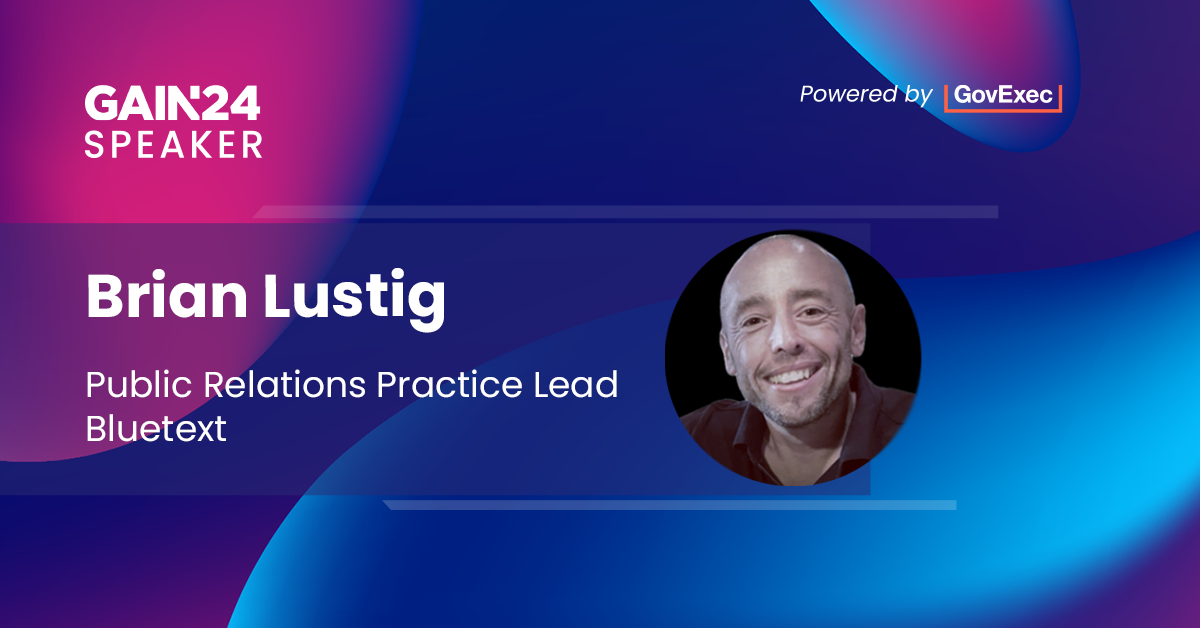
Joining Brian on this panel are industry leaders including:
- Sunny Singh, Former President & CEO, Aeyon
- Scott Aukema, Vice President of Marketing, Sigma Defense
- Robin Vaitonis, Chief Operating Officer, Grafik
These panelists bring a wealth of experience in branding and marketing for the B2G space, and their insights will be invaluable for professionals looking to better position their organizations in the government contracting market.
This session will cover critical aspects of government-focused marketing, including:
- How to develop a unique and memorable brand in the crowded B2G marketplace
- Aligning PR efforts with contract and opportunity timelines to maximize your campaign’s impact and ensure it is strategically aligned with key contract milestones
- Leveraging Ideal Government Personas (IGPs) to better focus marketing efforts, ensuring resources are allocated toward the most promising government buyers
- The power of integrated brand awareness and demand-generation campaigns as force multipliers for growth
Throughout the session, real-world examples from companies like Aeyon, Sigma Defense, and Alion will illustrate how branding and PR can be leveraged to align with contract timelines and drive enterprise value creation. Attendees will leave with actionable takeaways on how to differentiate their brands in a crowded market, how to time PR efforts for maximum visibility, and how to build campaigns that effectively target and engage government buyers.

How to Maximize Your Time at GAIN 2024
With a packed schedule and so much valuable content, it’s important to plan ahead to make the most of your GAIN 2024 experience. Here are several tips to help you navigate the conference and ensure you leave with the insights and connections you need:
1. Plan Ahead: Prioritize Your Sessions
Review the agenda ahead of time to identify the sessions that will be most beneficial for your organization. Whether you’re focused on government contract strategies, marketing innovations, or PR alignment, GAIN 2024 has sessions tailored to various interests. Be sure to prioritize Bluetext’s panel on branding and PR strategies, as it will deliver insights specifically geared toward driving B2G contract success.
If you’re unsure where to start, consider the areas where your organization needs the most improvement. Are you struggling to differentiate your brand in a crowded market? Or perhaps you need more clarity on how to align PR efforts with contract timelines? Identify your gaps and select sessions that address those specific needs.
2. Take Full Advantage of Networking Opportunities
GAIN 2024 presents numerous opportunities to connect with industry leaders, peers, and potential clients. With many attendees and speakers from the government contracting world, the connections you make at this event could be the foundation for future partnerships.
Don’t limit your networking to just the formal events. Take the time to strike up conversations during breaks or after sessions. Whether you’re discussing a presentation, sharing insights, or simply chatting over coffee, these informal moments often lead to the most valuable connections.
3. Engage with Speakers and Panelists
GAIN 2024 features a lineup of high-profile speakers, including marketing and government relations experts. This is a unique opportunity to gain insights directly from those who have navigated the complexities of government marketing and contract pursuits.
After sessions like Bluetext’s panel, consider asking questions or following up with speakers. Engaging directly with experts can help clarify key points and provide deeper insights into how you can apply their strategies to your business. Make sure to attend Q&A sessions, which often provide added value beyond the formal presentations.
4. Visit the Exhibitors: Explore Innovations in B2G Marketing
GAIN 2024 will feature an exhibitor space where organizations can showcase the latest tools, technologies, and strategies for improving government marketing efforts. These booths are invaluable for discovering new technologies and solutions that can help streamline your organization’s efforts in the B2G space.
Make time to visit the exhibitors and explore new tools that can enhance your marketing, branding, or PR strategies. Whether it’s a new CRM designed for government contractors or cutting-edge analytics tools, this is a great opportunity to see what’s available and how it can support your organization’s goals.
5. Take Notes and Follow Up After the Event
With so much valuable content coming your way, it’s easy to feel overwhelmed. Be sure to take thorough notes during the sessions, capturing key takeaways that you can revisit and apply to your work. After the conference, set aside time to review these notes and identify the most actionable insights. Prioritize follow-up meetings and connections that can help you implement new strategies or technologies.
Additionally, don’t forget to follow up with contacts you made during the event. A simple email or LinkedIn message can go a long way in solidifying the connections you formed at GAIN 2024.
Conclusion
GAIN 2024 is shaping up to be a landmark event for professionals in the B2G sector, and Bluetext is proud to be part of this dynamic lineup. Whether you’re attending to sharpen your branding strategies, learn how to align PR efforts with government contract timelines, or simply network with industry peers, this conference offers invaluable opportunities to elevate your marketing efforts and drive success in the government space.
We look forward to seeing you at the event and encourage you to join us for Bluetext’s panel, “Blueprint for B2G Success: Branding & PR Strategies for Contract Pursuits”, at 1:50 pm EST on October 17th. Don’t miss the chance to gain actionable insights from industry leaders that can help you navigate the complexities of government contracting and position your brand for growth.
Want to see us at GAIN 2024? Let us know and we’ll be sure to follow up with you.